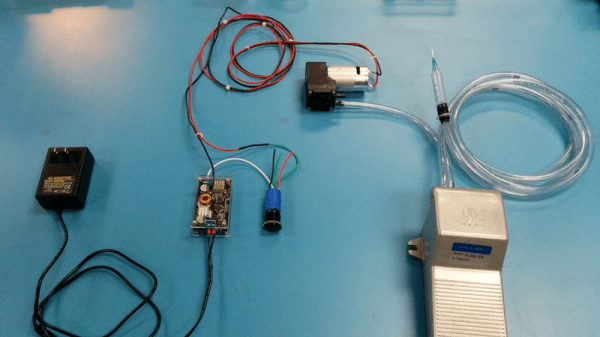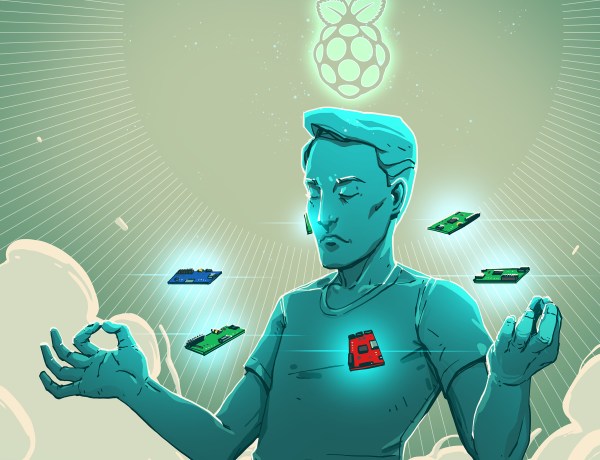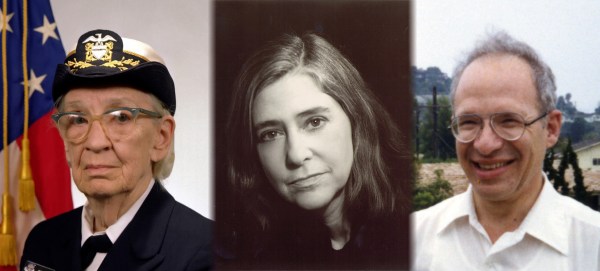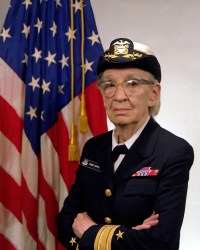[J.B. Langston] has some vintage late-40’s/early-50’s tube radios that he wanted to repair – a Motorola All-American 5 AM radio, an Air Castle AM/FM radio and a Sears Silvertone AM/FM radio. He goes over, one by one, the three vintage radios, the problems they had, and how he got them back into working order. No finding a replacement microchip here, this was all about replacing capacitors and finding vacuum tubes!
In contrast to most modern builds we see on Hackaday, vintage radios are fairly simple – mainly turret-board builds with a transformer, resistors, capacitors, coil and tubes. The main issues in any vintage electronic repair is checking the capacitors because old wax paper and electrolytic capacitors can degrade and will need replacing. When repairing the All-American 5, [J.B. Langston] had an issue with the transformer, and he goes over how he fixed what’s called silver mica disease in it. While many parts were replaced with modern equivalents, only a selenium solid-state rectifier in one of them was replaced by a different part – a silicon diode and a high-wattage series resistor.
Looking at the inside of some of these radios, it’s surprising that they could be restored at all – 65-odd years of rust, dust, dirt and grime will take their toll – but [J.B. Langston] was able to fix all three radios and clean their Bakelite cases so they look and work like new. He goes over what he discovered, how he fixed the problems and the links to where he got help when needed. We’ve seen some great vintage radio projects over the years, including adding RDS (Radio Data Systems) to a vintage radio, converting a vintage radio with modern technology and even some other radio restoration projects.








 As Director of Apollo Flight Computer Programming,
As Director of Apollo Flight Computer Programming,  Physicist
Physicist 









